The scenery in the Liébana region of Northern Spain is spectacular. The route along the CA-185 from Potes to Fuente Dé engulfed by huge mountains with the pretty Rio Deva river running adjacent. With not even a cloud in the sky, our excitement was at fever pitch as we drove along the beautiful winding roads.
The Picos de Europa are located half an hour from the town of Potes which is the regional capital of La Liébana. With five year old POD in tow, the Fuente Dé cable car is the easiest an quickest way to take in the magnificent views. As you’d expect, it’s not recommended for those with vertigo! There is the option to walk up from Fuente Dé to Liordes and the views are said to be incredible although you’d need to purchase a detailed map from Potes beforehand. The circular route is said to be of medium difficulty and take 5 hours.
When we arrived at Fuente Dé and saw the cable cars in situ, it was a little daunting. POD was surprisingly calm and very excited about her forthcoming cable car and mountain experience. It’s brilliant she’s inherited our adventurous spirit although we know she has absolutely no fear from all her climbing!
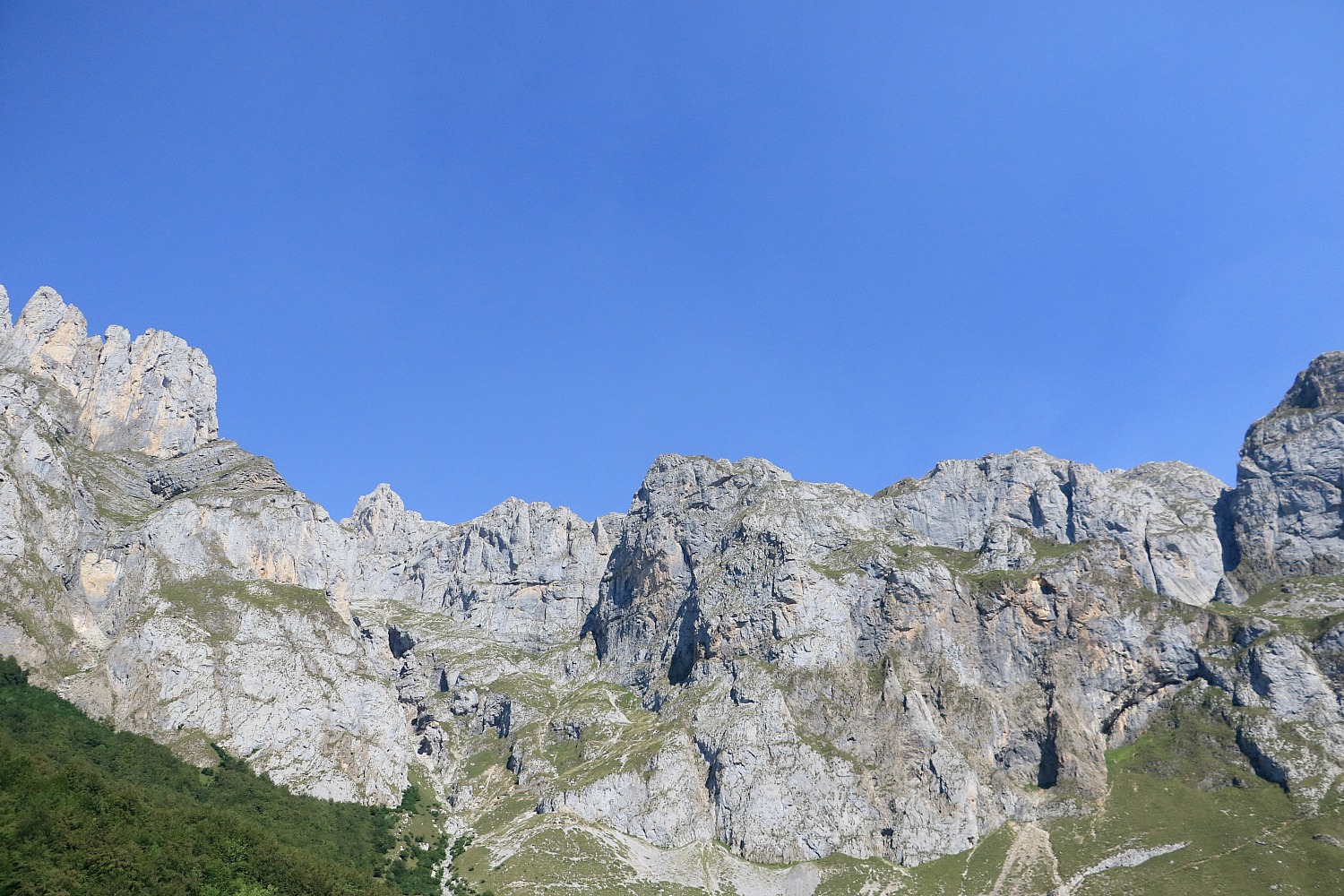
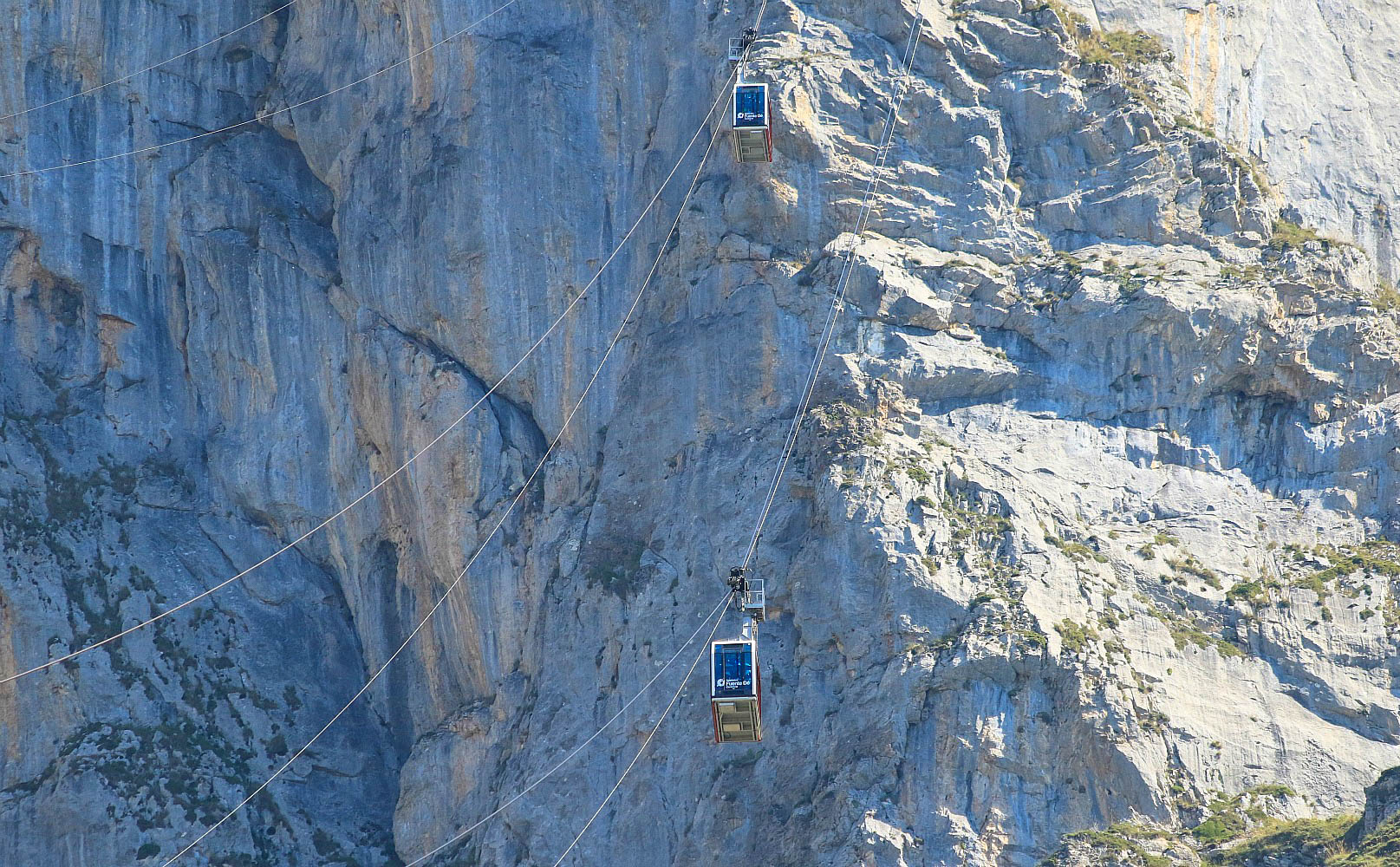
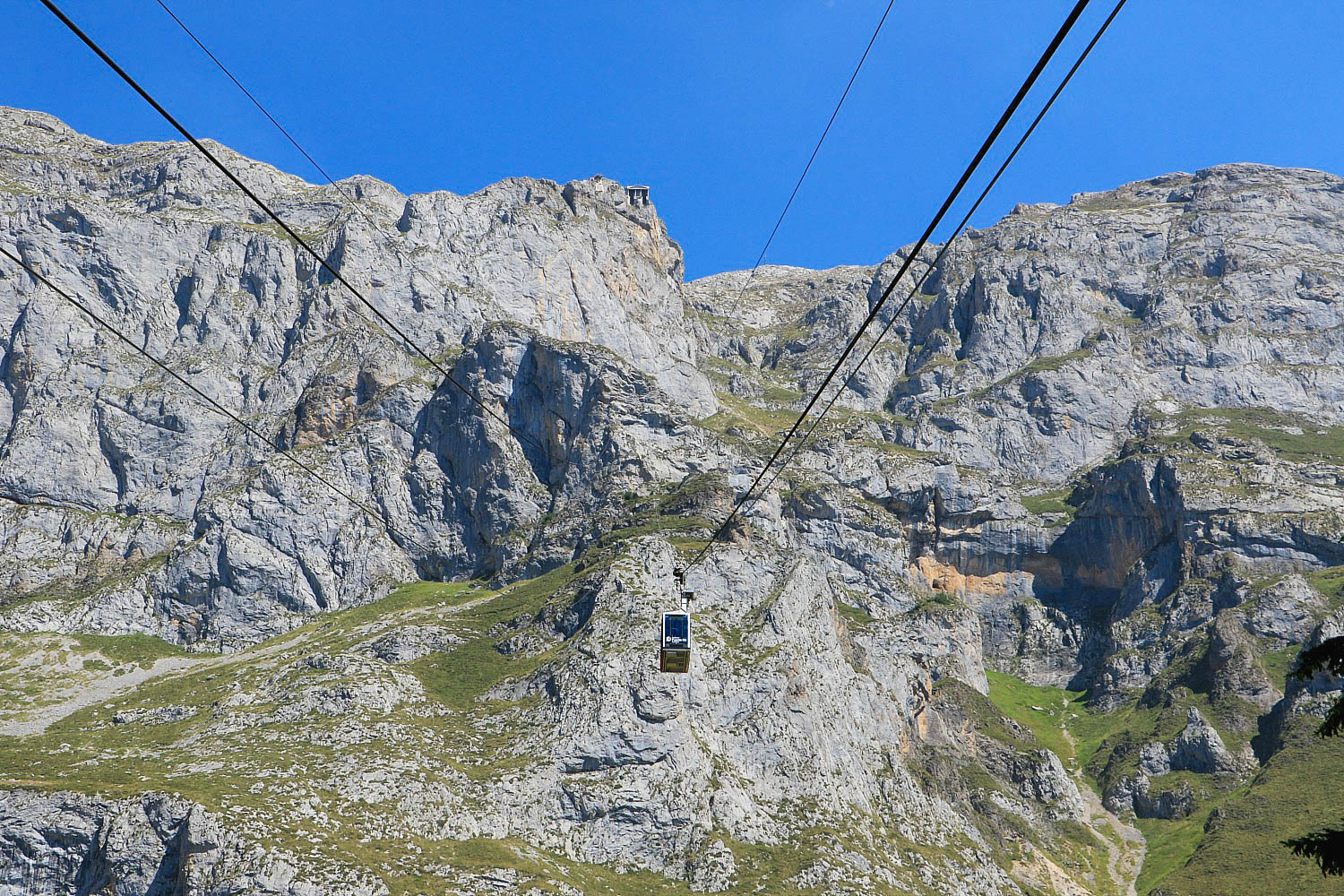
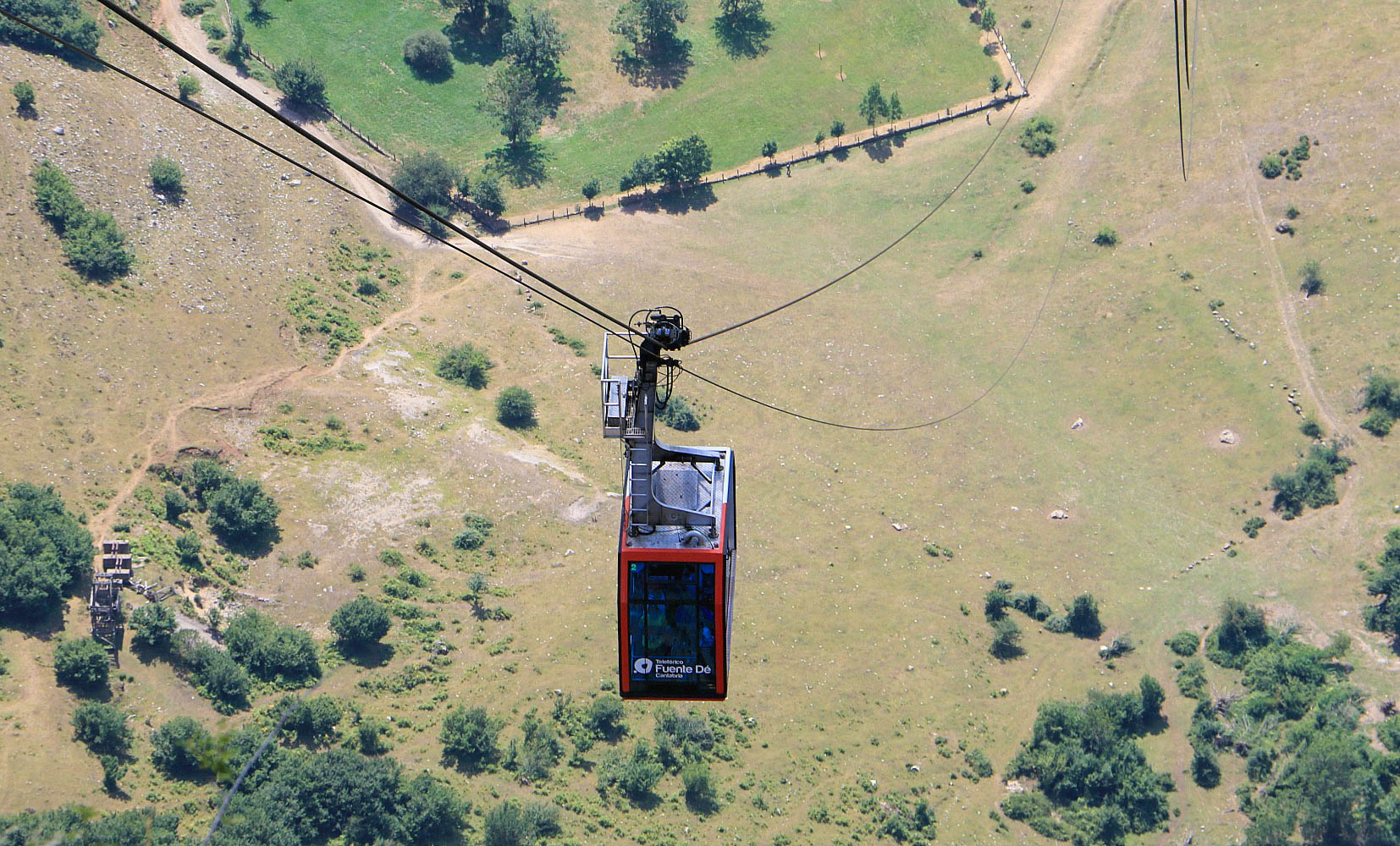 Having purchased our tickets, the wait for a cable car was about an hour and a half – not bad considering we’d arrived around 11am. There’s plenty to look at in the area too with somewhere to eat, a gift shop and even a cashpoint machine. We opted to explore a little before returning for a light snack and relaxing in the shade. It was a really hot day so we didn’t want to use up all our energy or water supplies. The time actually passed by remarkably quickly and although there are only two cable cars, the journey from bottom to top and vice versa only takes a five minutes. Fuente Dé is efficiently run which meant we were only in a queue for a short time before boarding our cable car. It’s pretty steep heading up, I have to admit I had butterflies at first but they soon passed and we were at the top in no time.
Having purchased our tickets, the wait for a cable car was about an hour and a half – not bad considering we’d arrived around 11am. There’s plenty to look at in the area too with somewhere to eat, a gift shop and even a cashpoint machine. We opted to explore a little before returning for a light snack and relaxing in the shade. It was a really hot day so we didn’t want to use up all our energy or water supplies. The time actually passed by remarkably quickly and although there are only two cable cars, the journey from bottom to top and vice versa only takes a five minutes. Fuente Dé is efficiently run which meant we were only in a queue for a short time before boarding our cable car. It’s pretty steep heading up, I have to admit I had butterflies at first but they soon passed and we were at the top in no time.
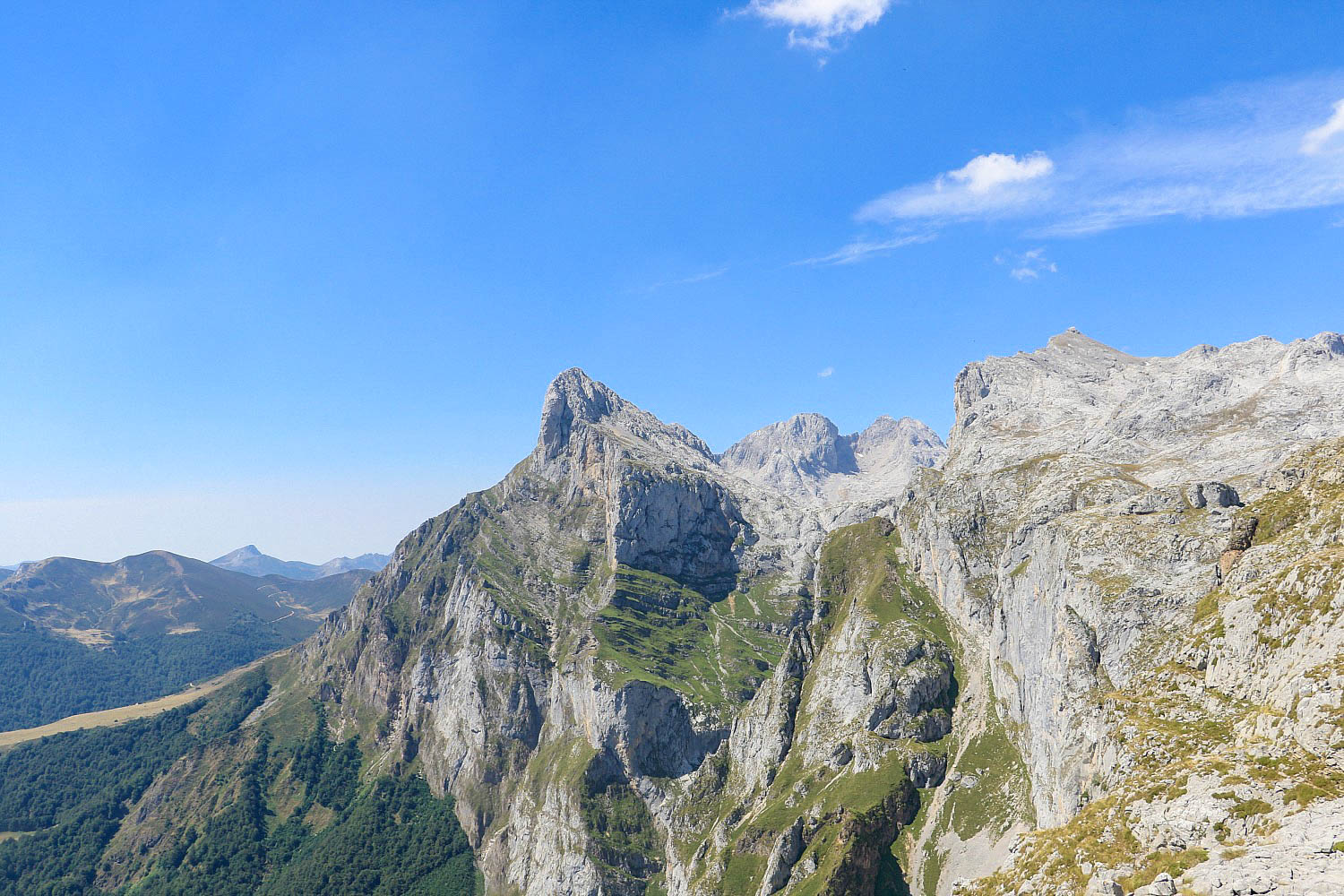
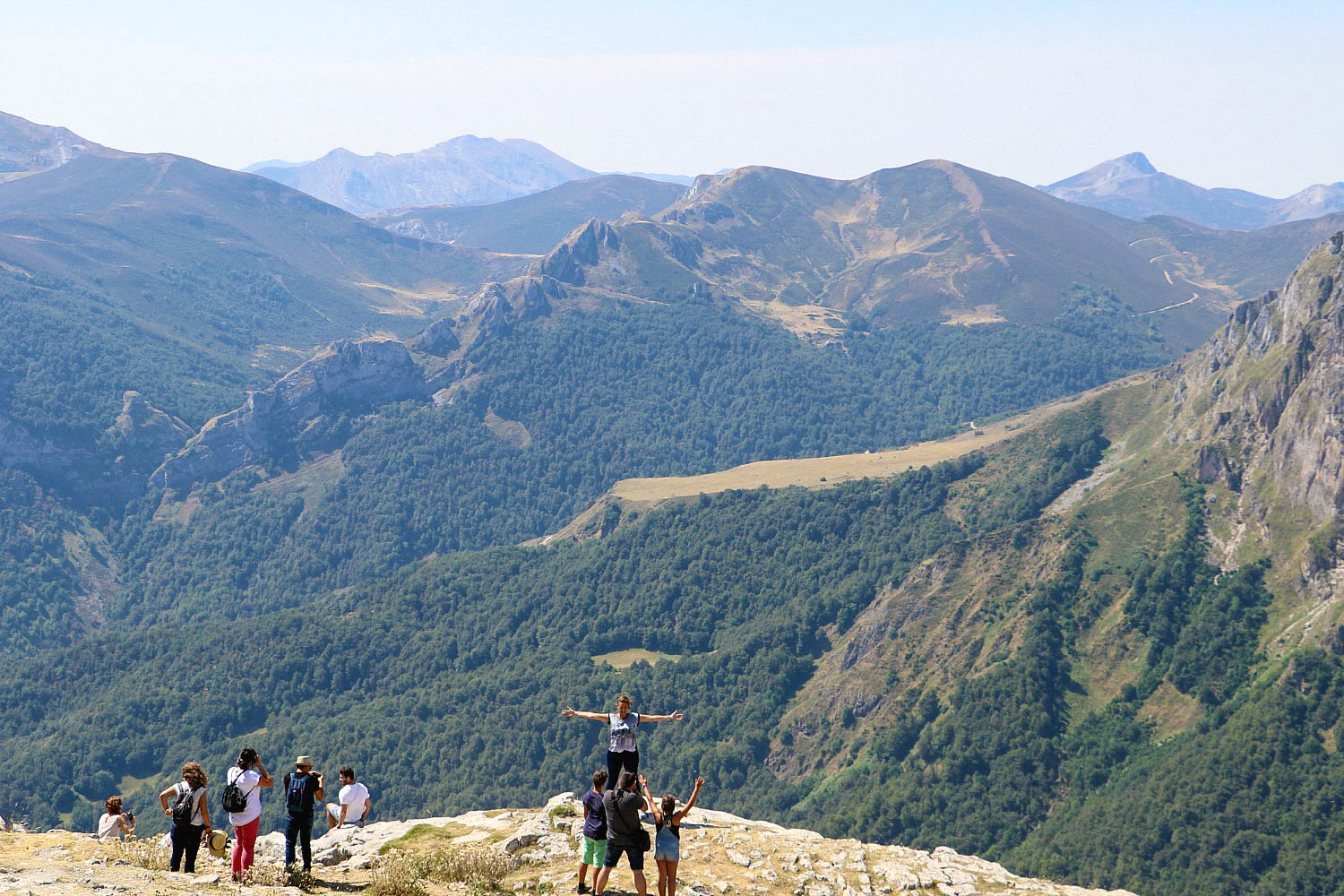 The views from the top are quite staggering, so much so you can actually feel yourself catch your breath. Many people stayed in the area near the cable car taking photographs there while we opted to have a look around to see what the Picos de Europa had to offer. The enormity of these mountains is something else and POD was thrilled to see a little snow visible on one of the peaks. We couldn’t believe it when we saw a few wild horses, who knows how they even got 2,500 feet up. As it turns out, we had to stop briefly so we could just take it all in. While having a look around, we even saw the words “Bruno and Carla” spelled out in stones a little further down from the main path which was rather lovely.
The views from the top are quite staggering, so much so you can actually feel yourself catch your breath. Many people stayed in the area near the cable car taking photographs there while we opted to have a look around to see what the Picos de Europa had to offer. The enormity of these mountains is something else and POD was thrilled to see a little snow visible on one of the peaks. We couldn’t believe it when we saw a few wild horses, who knows how they even got 2,500 feet up. As it turns out, we had to stop briefly so we could just take it all in. While having a look around, we even saw the words “Bruno and Carla” spelled out in stones a little further down from the main path which was rather lovely.
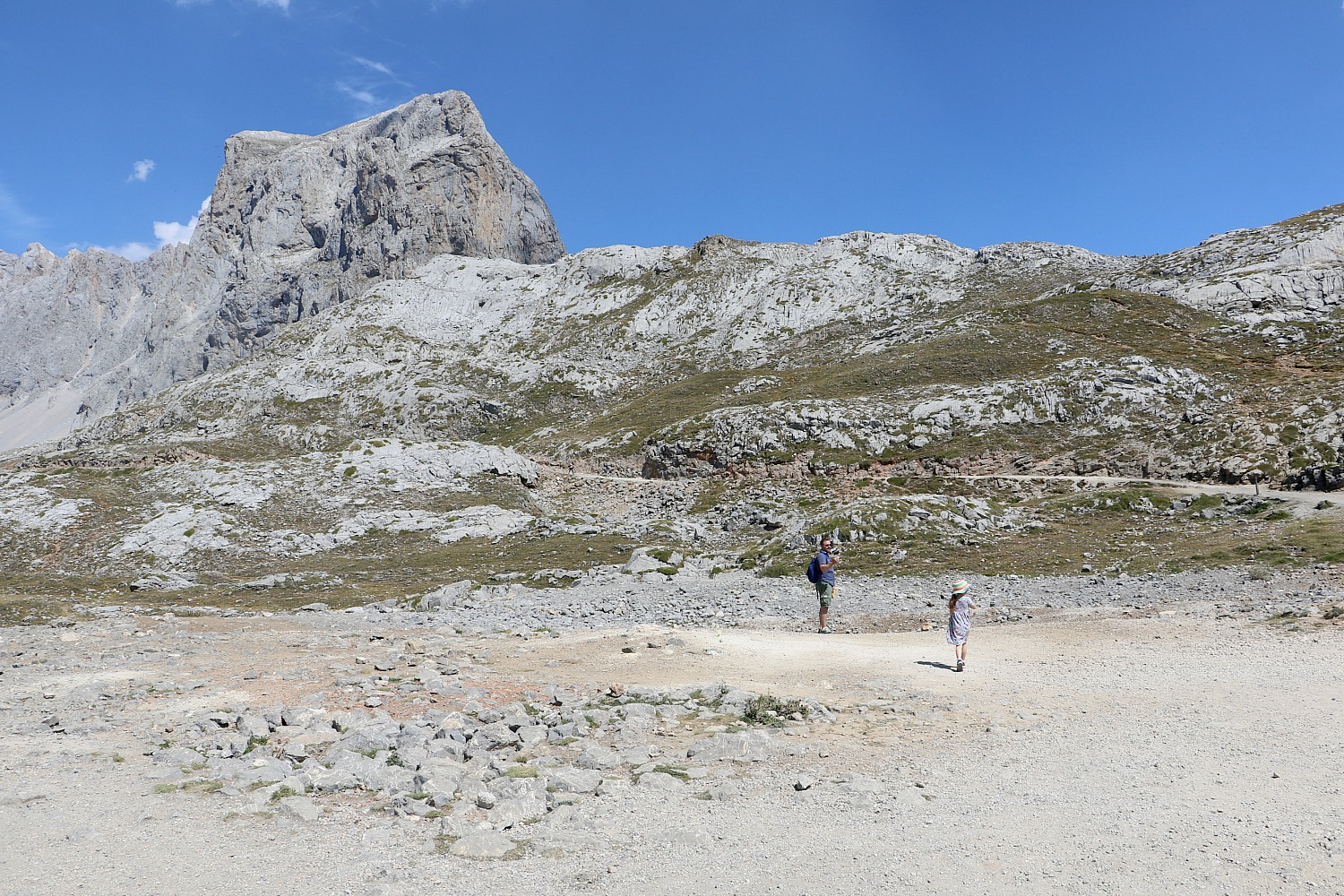
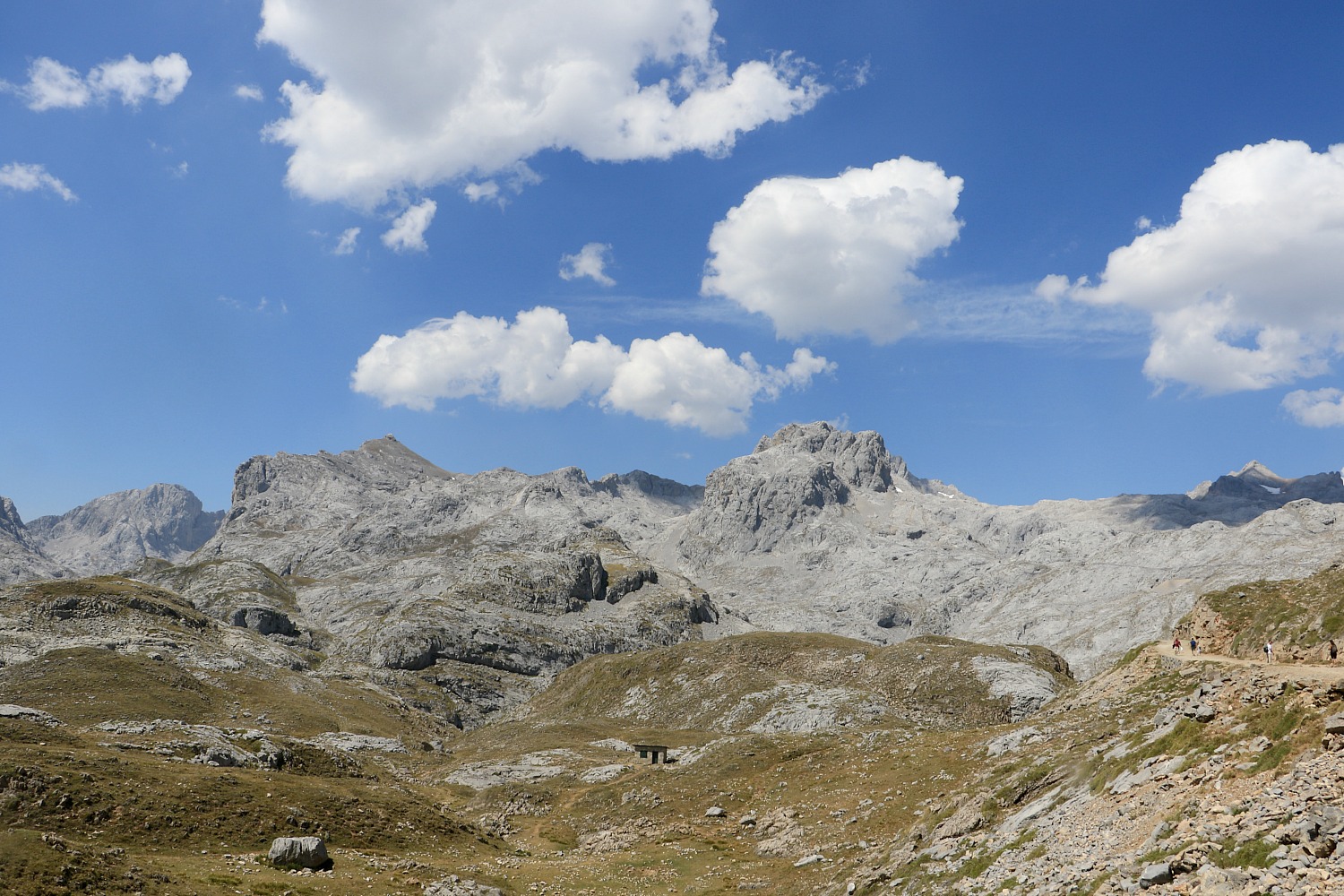
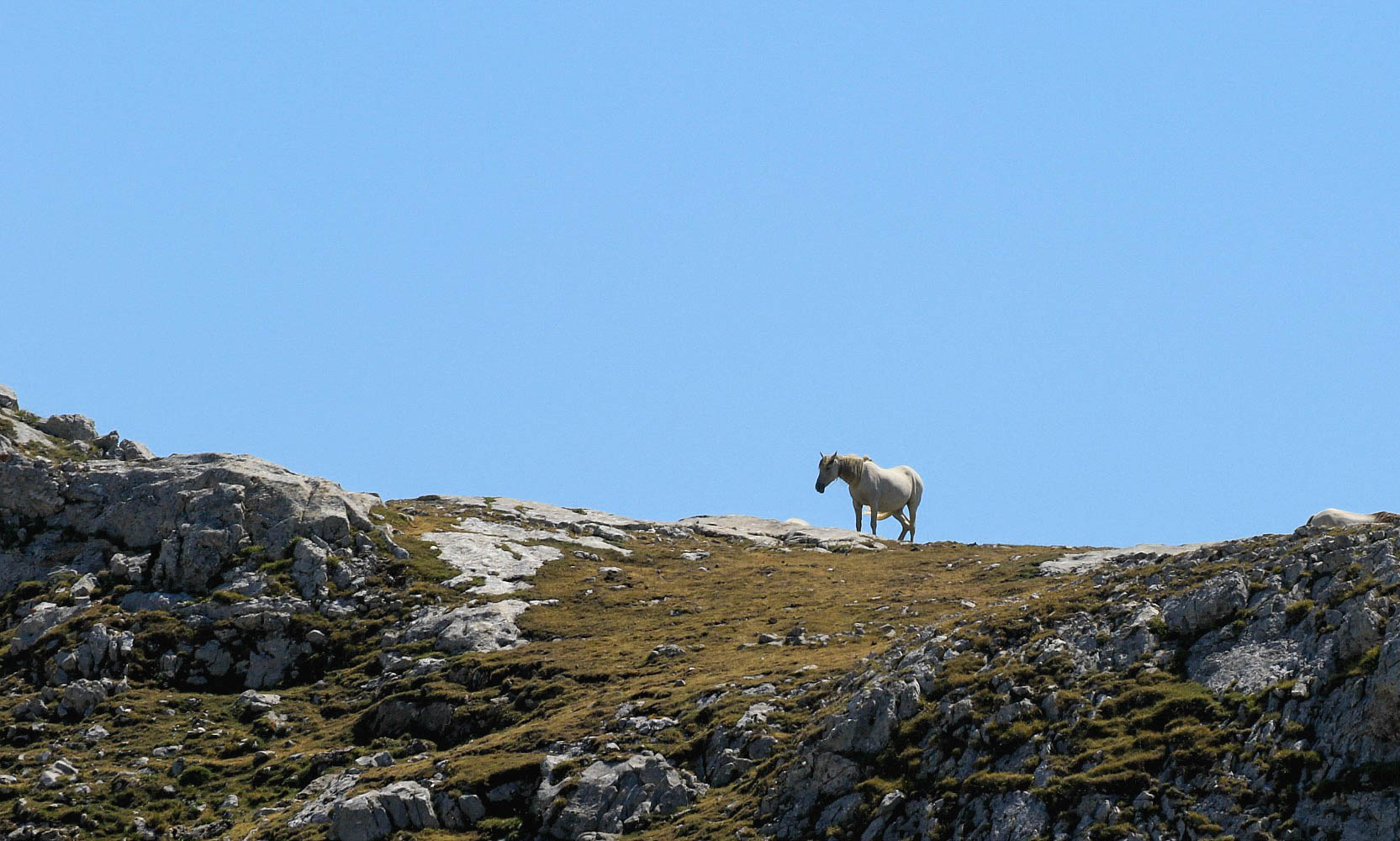
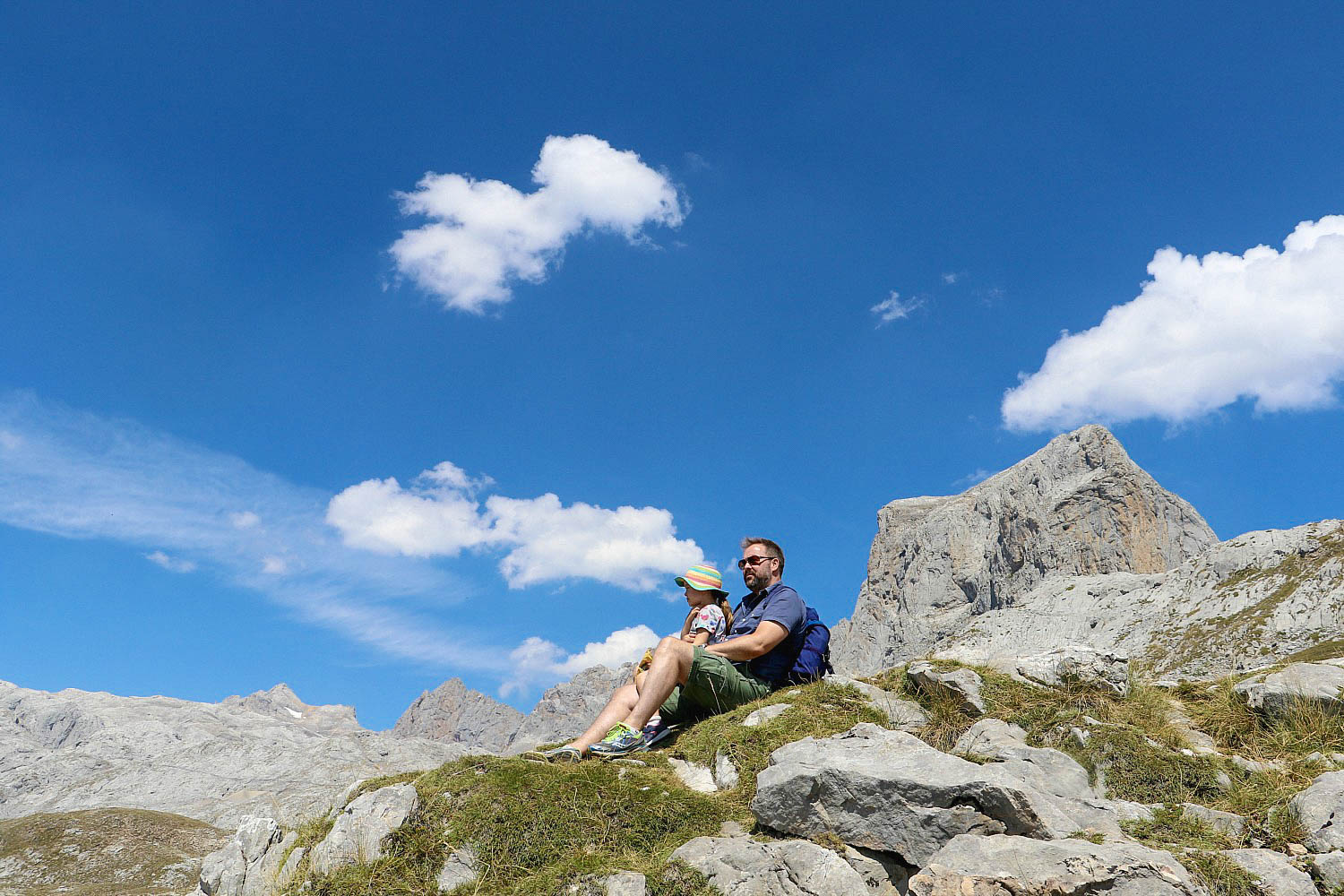 Located in the Cantabrian mountains and a National Park since 1918, it’s taken 300 million years for the Picos de Europa to take on its current form. The park has the highest limestone formation in Atlantic Europe and shaped by three regions – El Cornión in the West, Los Urrieles in the Central area and Ándara in the East. It is a Site of Community Interest as well as being a Special Protection Area and Biosphere Reserve. It has its own micro climate too and is recognised for numerous species of flora and fauna with wildlife in abundance too. We saw lots of vultures and eagles circling above the mountains on our visit and the occasional lizard too.
Located in the Cantabrian mountains and a National Park since 1918, it’s taken 300 million years for the Picos de Europa to take on its current form. The park has the highest limestone formation in Atlantic Europe and shaped by three regions – El Cornión in the West, Los Urrieles in the Central area and Ándara in the East. It is a Site of Community Interest as well as being a Special Protection Area and Biosphere Reserve. It has its own micro climate too and is recognised for numerous species of flora and fauna with wildlife in abundance too. We saw lots of vultures and eagles circling above the mountains on our visit and the occasional lizard too.
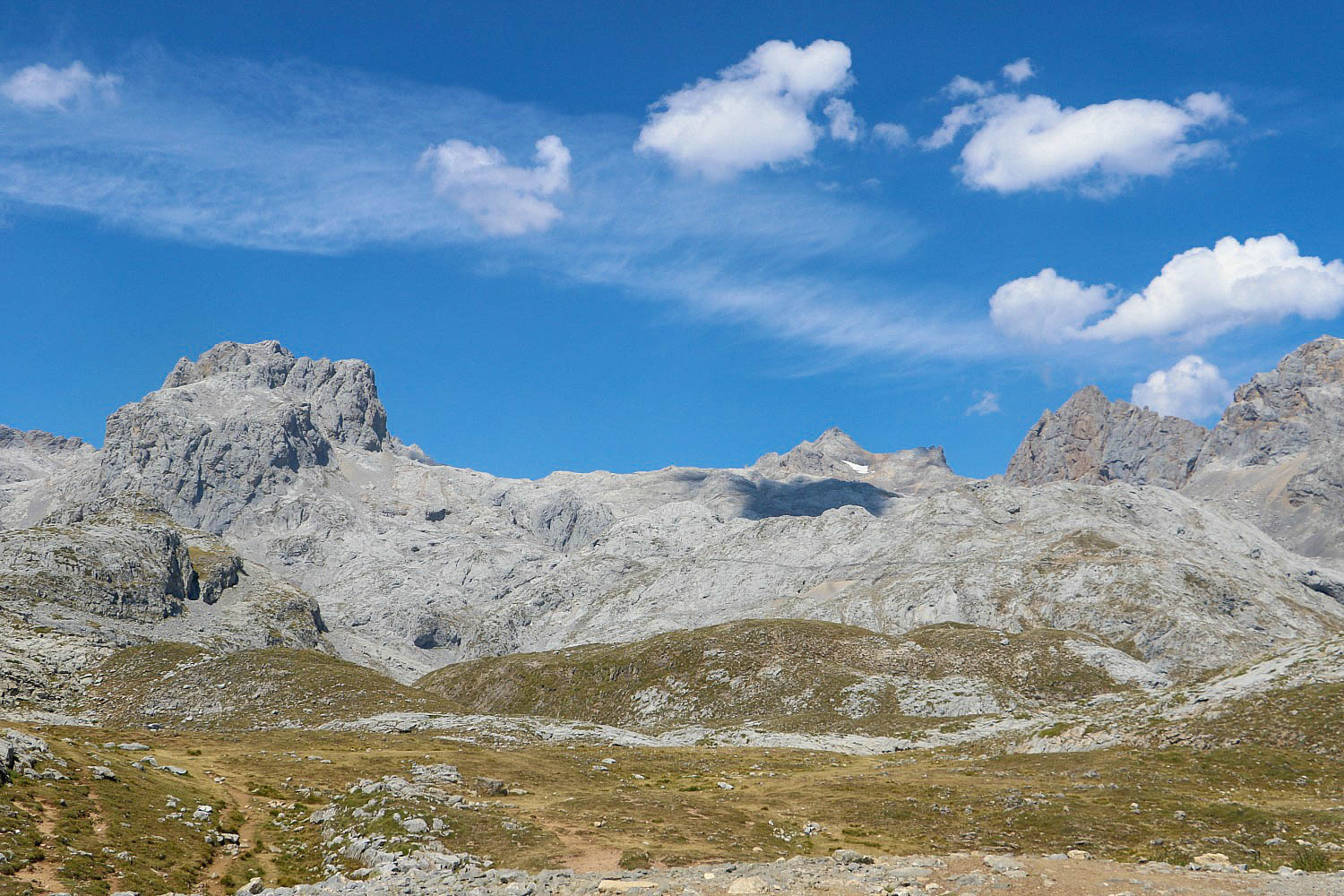
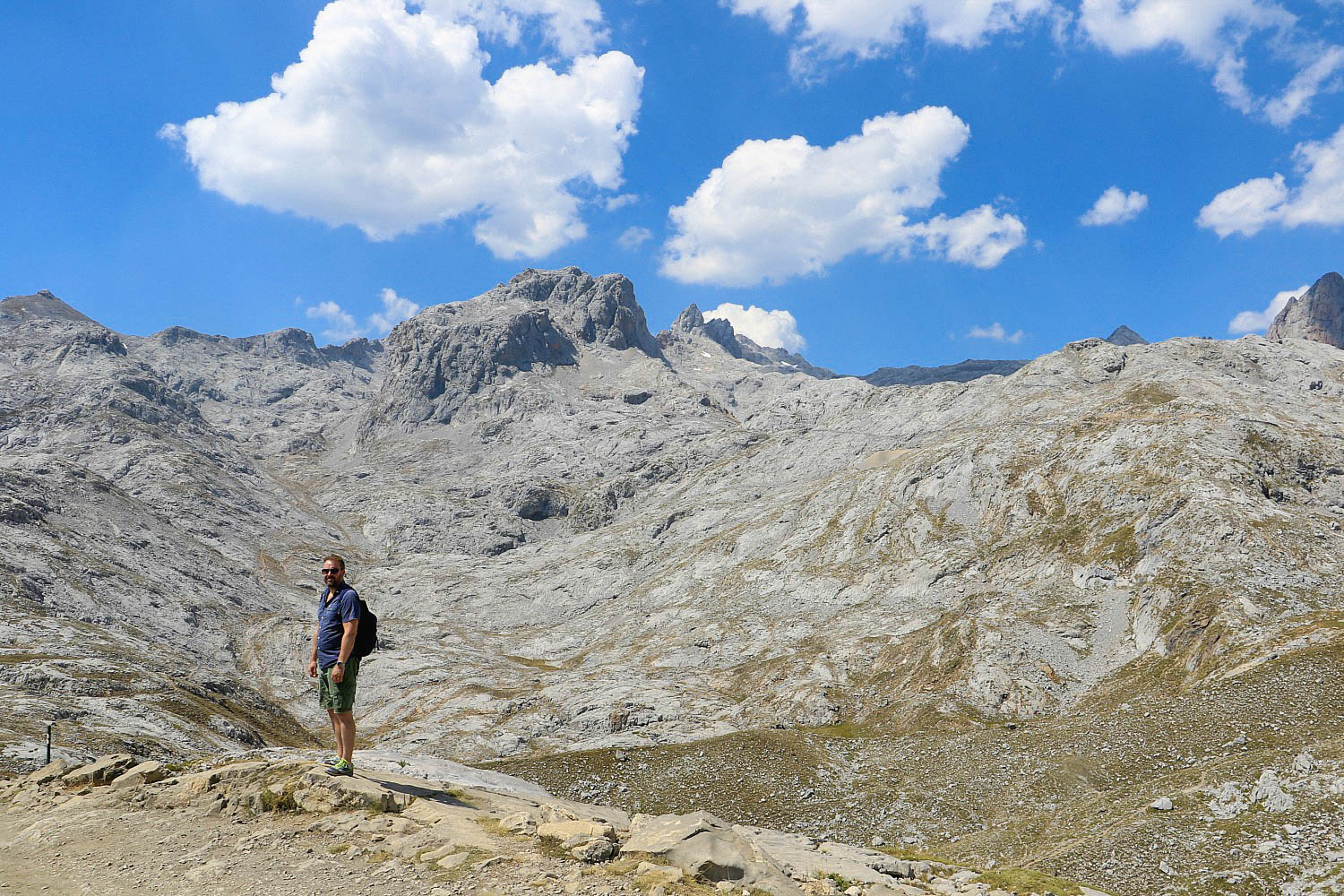
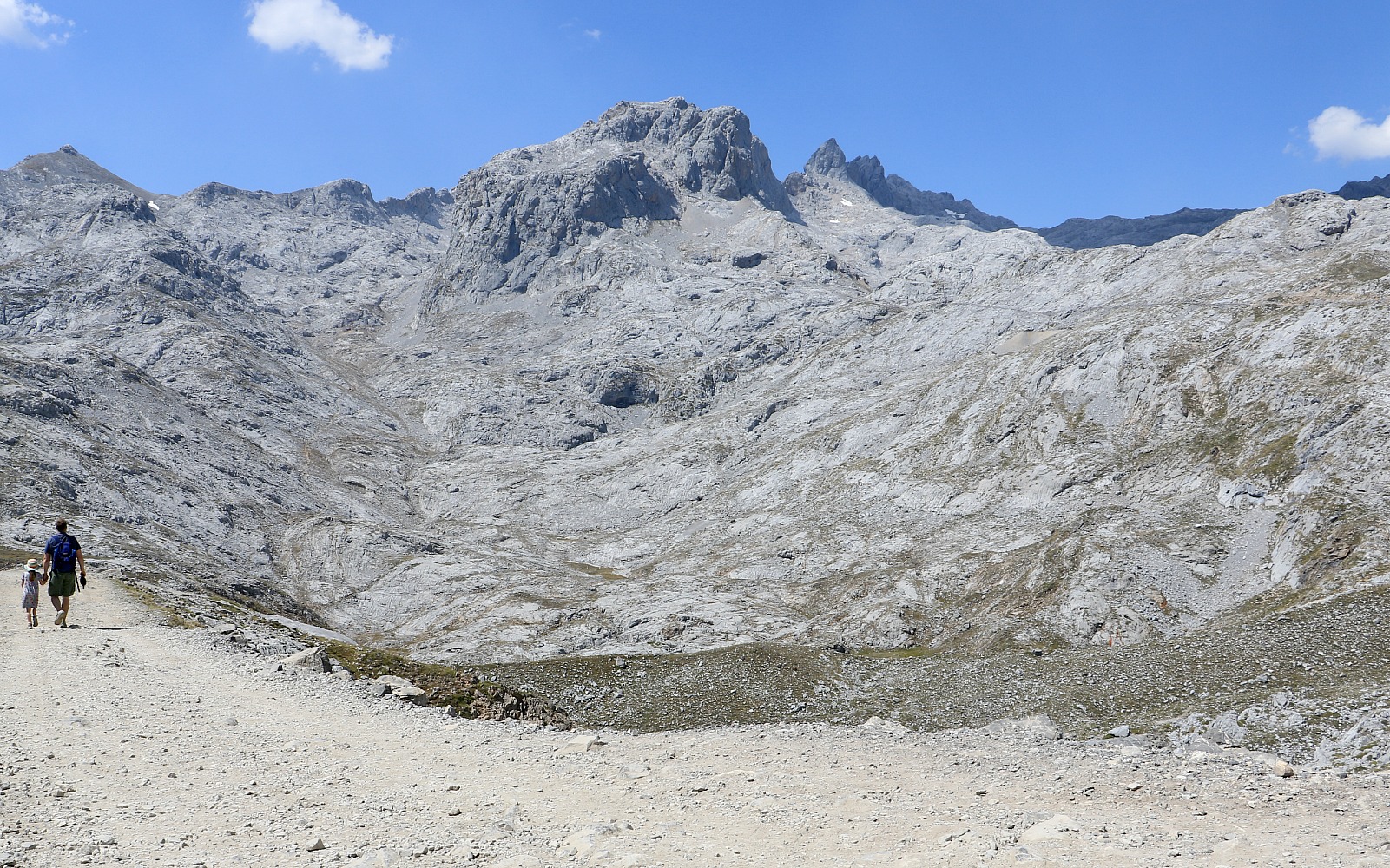 The Picos de Europa were reminiscent of the Tongario Crossing in New Zealand. While it wasn’t a 20km trek across three volcanoes, there were parts that reminded us of that time. Like the path below where we saw a woman run for her life when two colleagues started an avalanche of rocks after rescuing a dead sheep. Yes you did read that right. Luckily the woman managed to take cover beneath a large rock and no-one was walking on that section of path at the time. The route we wanted to take was around 3 hours in total but POD was pretty tired after travelling from the UK so we didn’t get all the way round. We’d absolutely love to return at some point through so we can explore these magnificent mountains more thoroughly.
The Picos de Europa were reminiscent of the Tongario Crossing in New Zealand. While it wasn’t a 20km trek across three volcanoes, there were parts that reminded us of that time. Like the path below where we saw a woman run for her life when two colleagues started an avalanche of rocks after rescuing a dead sheep. Yes you did read that right. Luckily the woman managed to take cover beneath a large rock and no-one was walking on that section of path at the time. The route we wanted to take was around 3 hours in total but POD was pretty tired after travelling from the UK so we didn’t get all the way round. We’d absolutely love to return at some point through so we can explore these magnificent mountains more thoroughly.
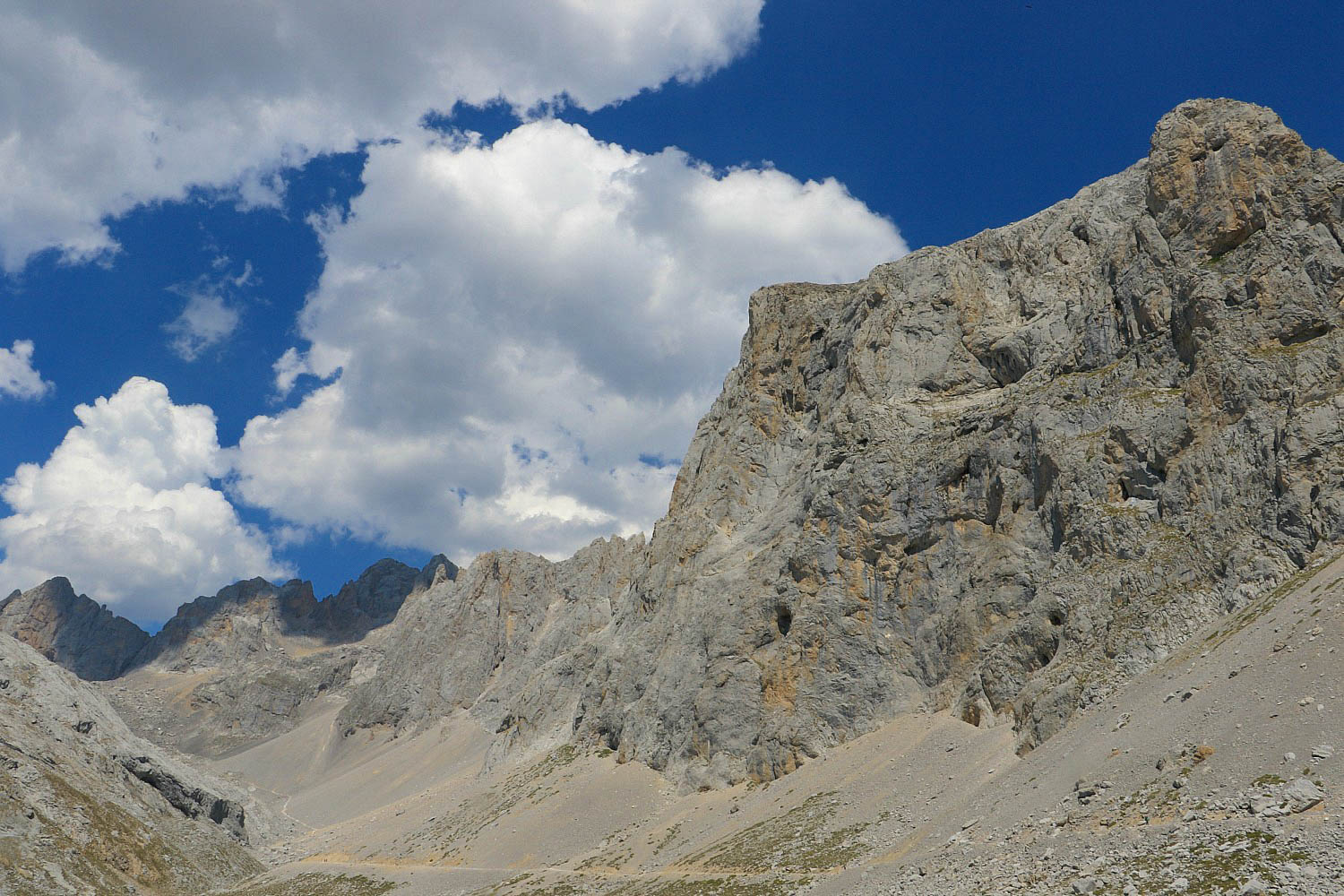
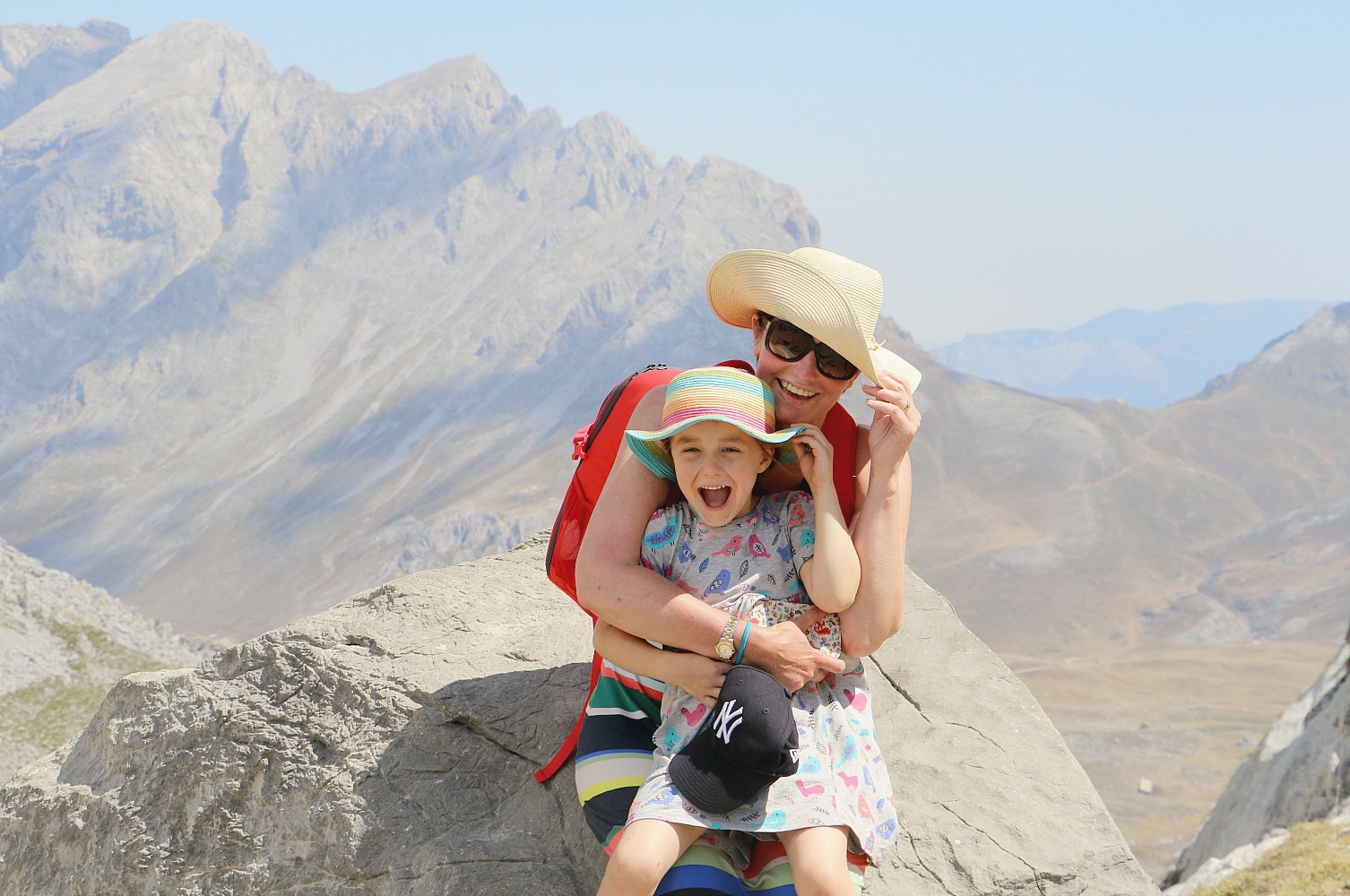
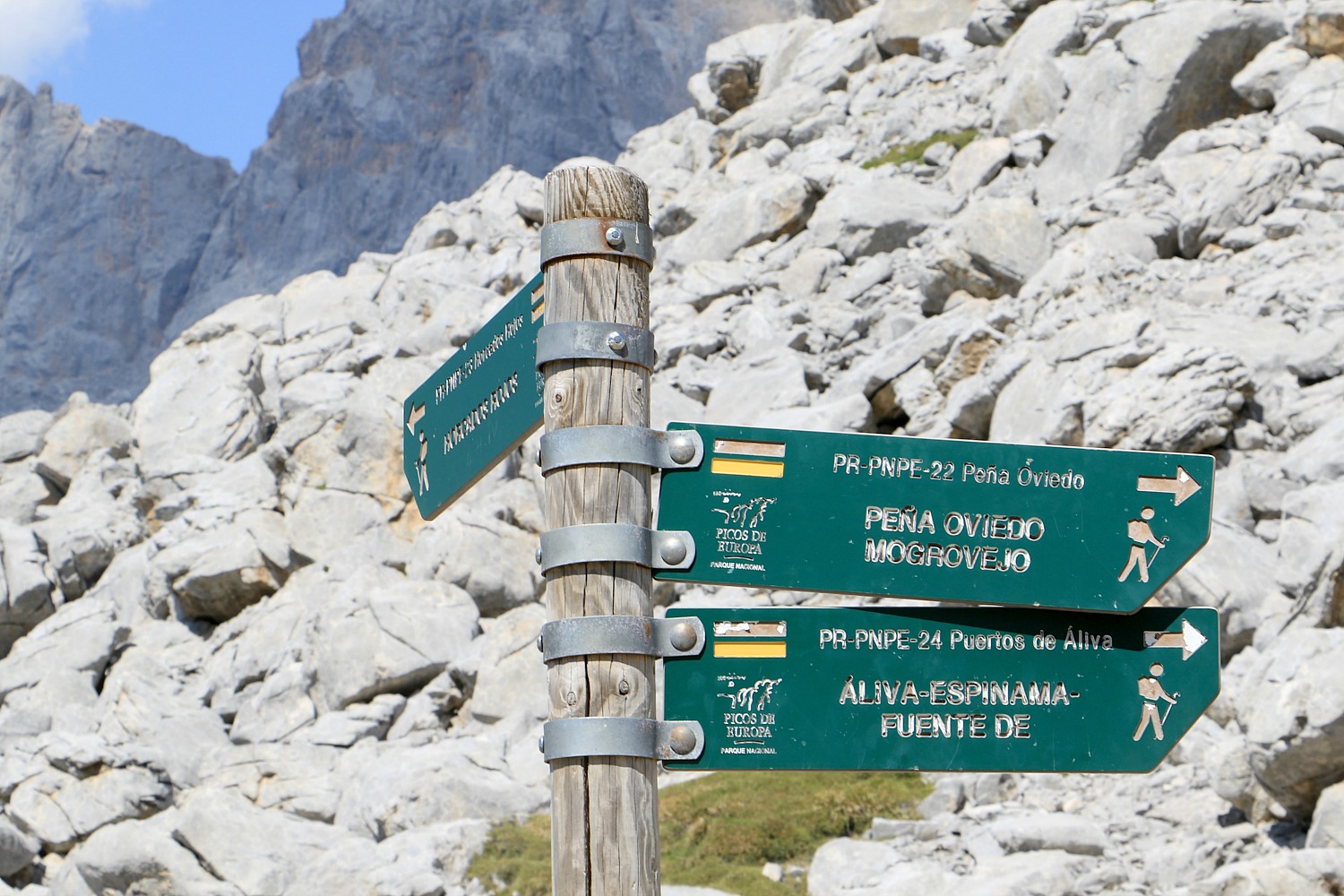
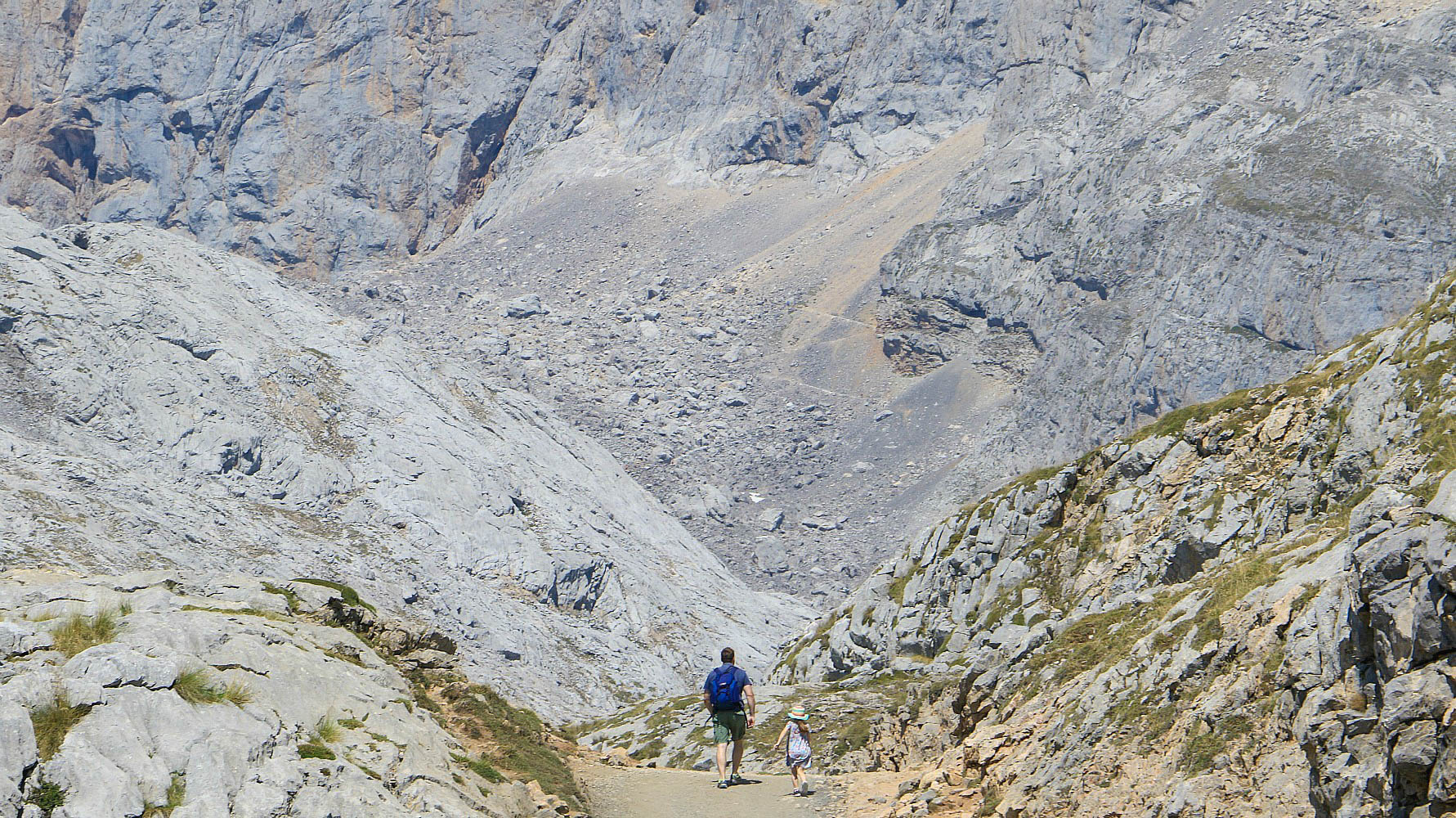 We stopped for a quick drink before catching the cable car back to Fuente Dé. Having missed the end of day crowds, there was only a five minute wait before we boarded and headed down towards to car park. The butterflies were notably absent on the way down which meant we could enjoy those incredible cable car views once last time. On leaving Fuente Dé, we headed back to Potes where POD got to cool off in the river with the locals. Little did we know this ended up being one of her most favourite things to do while we were in green Spain. More on that in another post.
We stopped for a quick drink before catching the cable car back to Fuente Dé. Having missed the end of day crowds, there was only a five minute wait before we boarded and headed down towards to car park. The butterflies were notably absent on the way down which meant we could enjoy those incredible cable car views once last time. On leaving Fuente Dé, we headed back to Potes where POD got to cool off in the river with the locals. Little did we know this ended up being one of her most favourite things to do while we were in green Spain. More on that in another post.
We travelled to Northern Spain in our own car via Brittany Ferries. The outbound sailing from Portsmouth to Bilbao with our return to the UK from Santander. For more information on Brittany Ferries, check out their website.

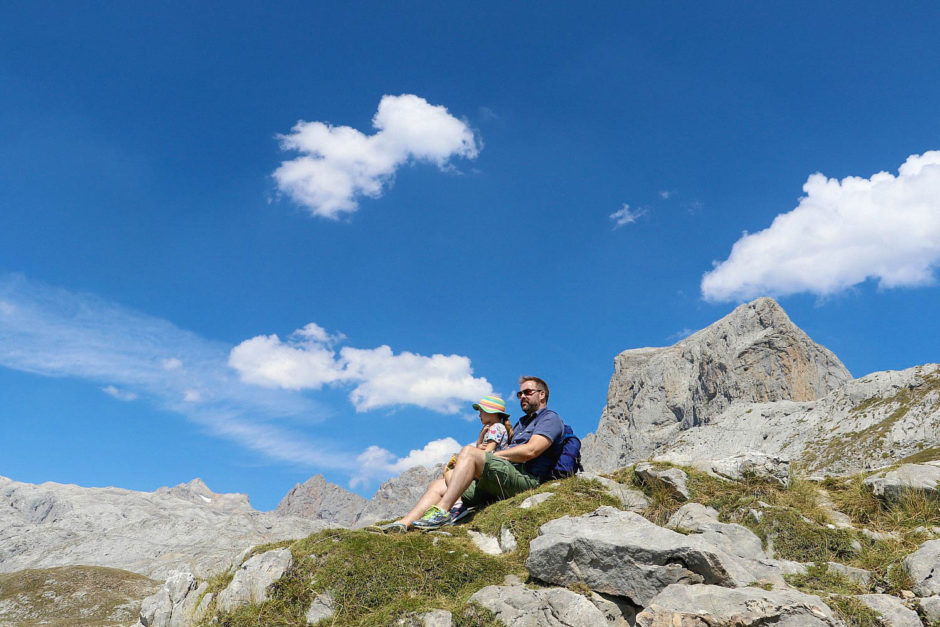
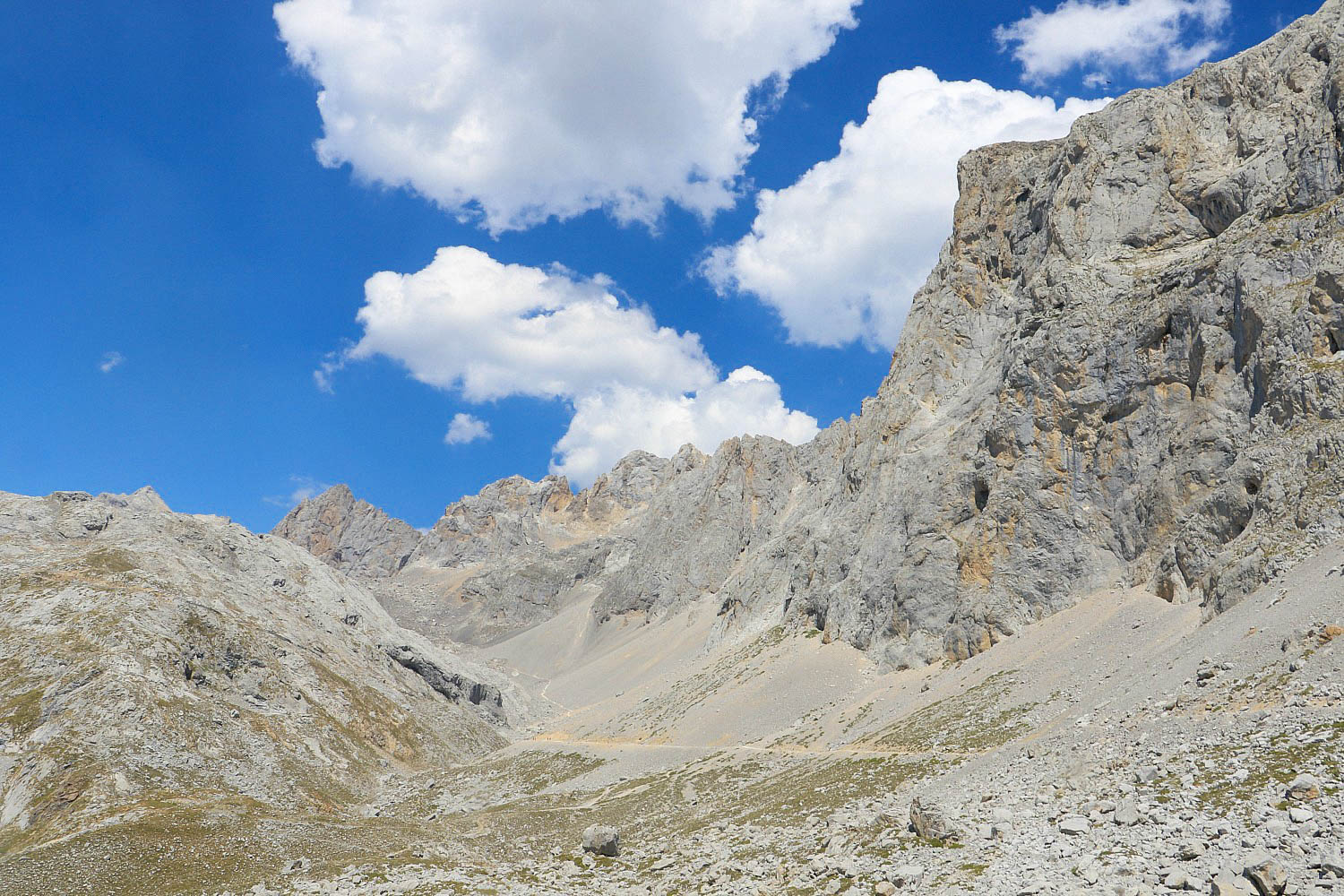
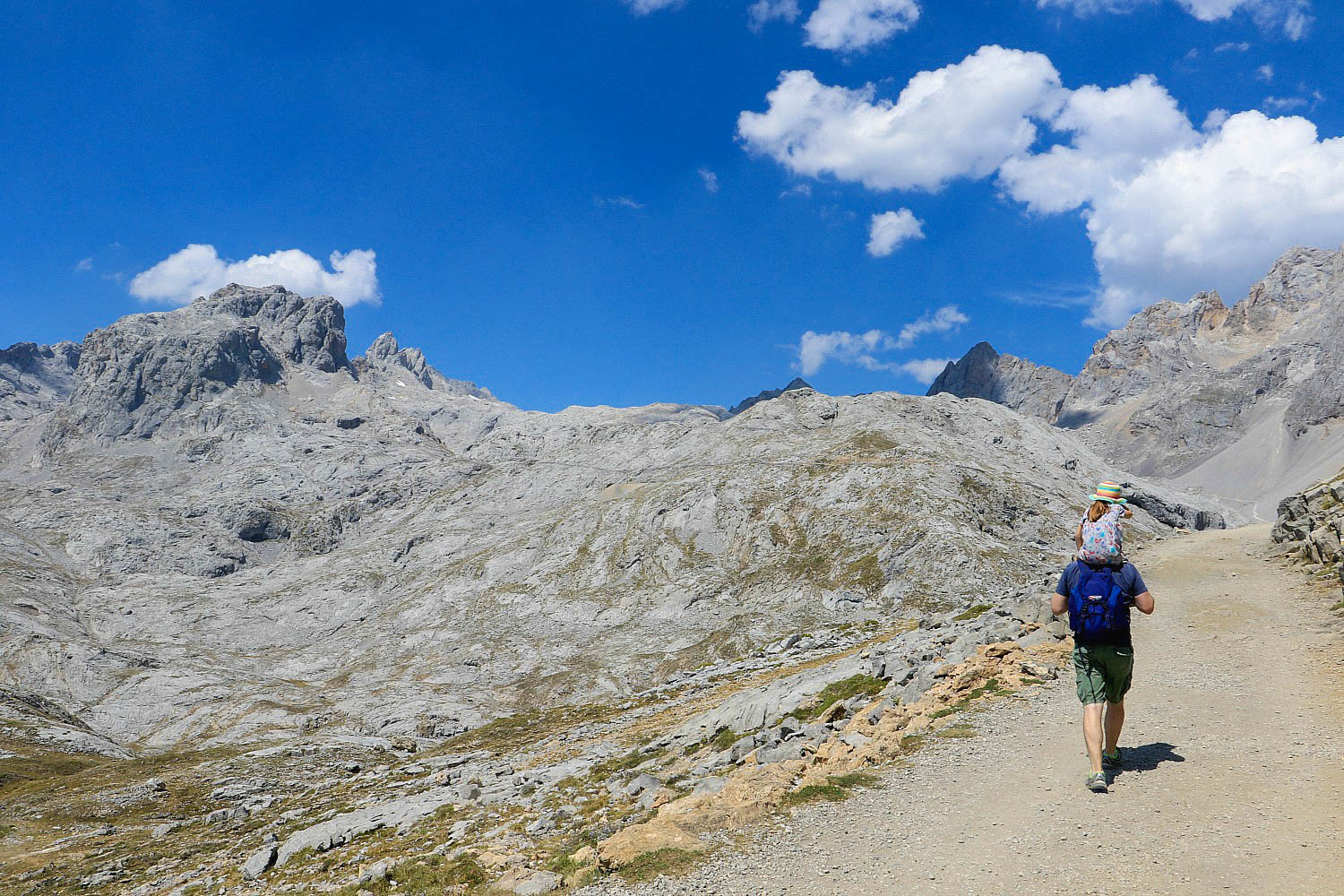
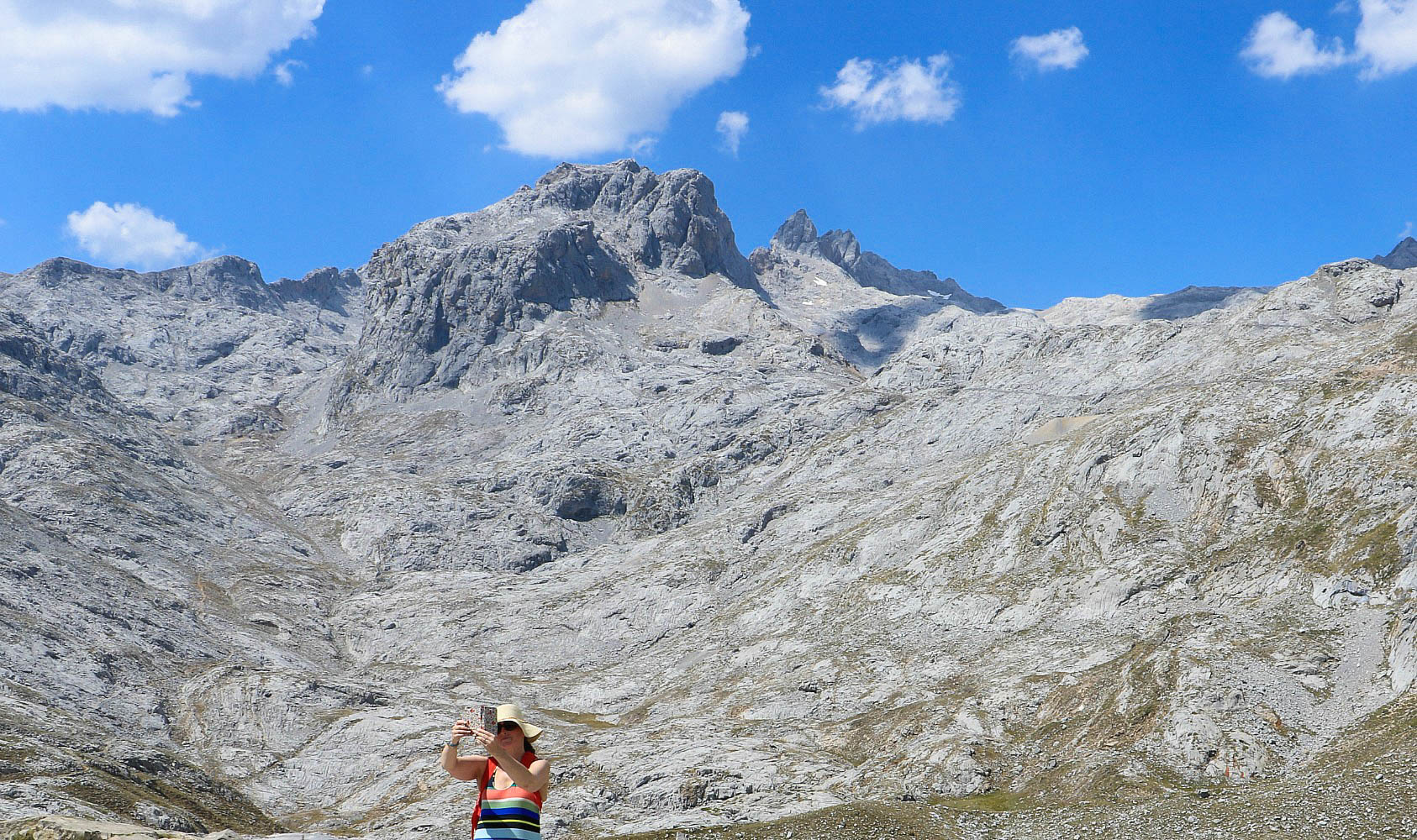
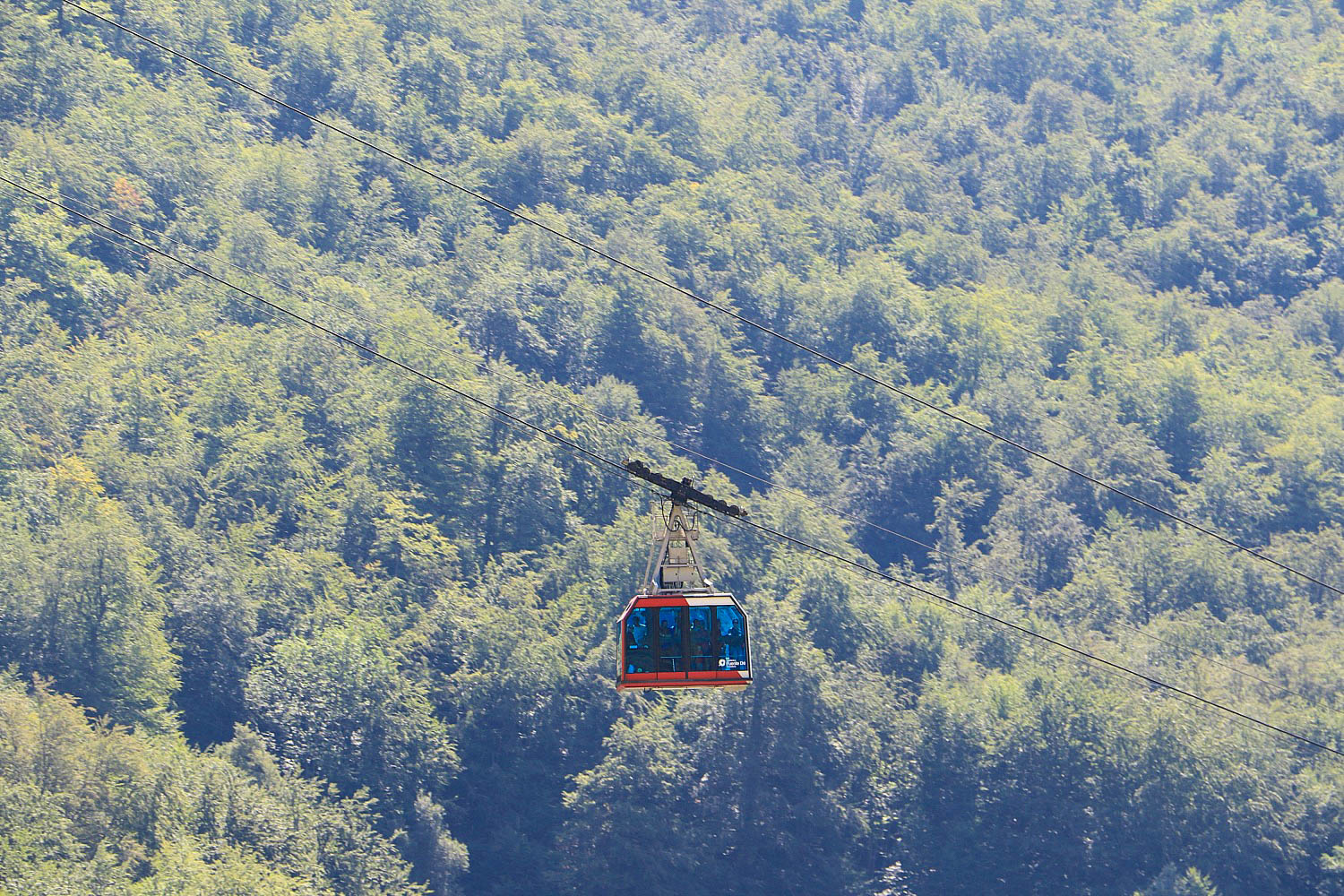
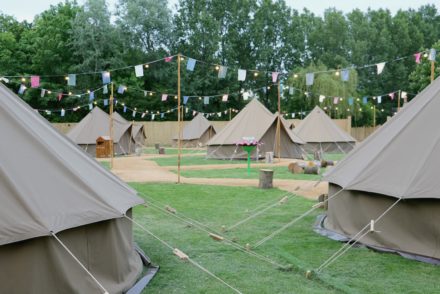
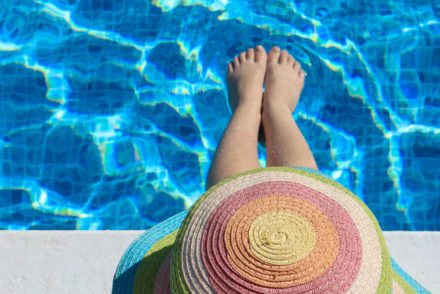
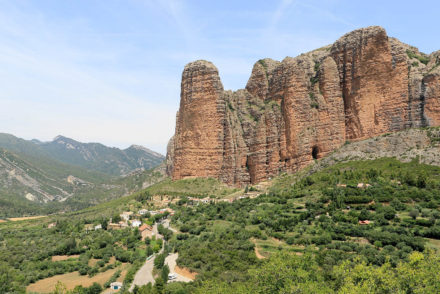
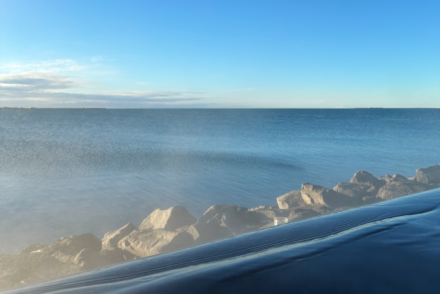
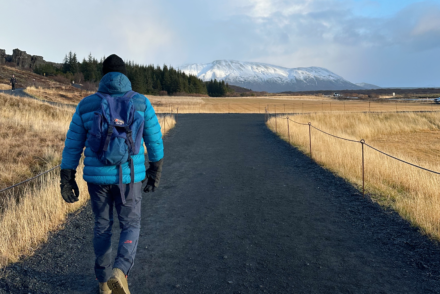
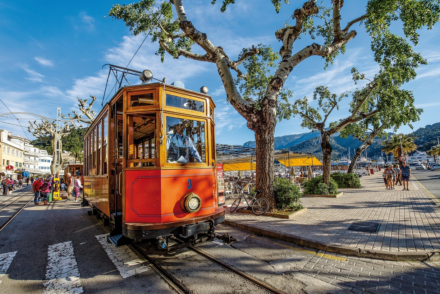
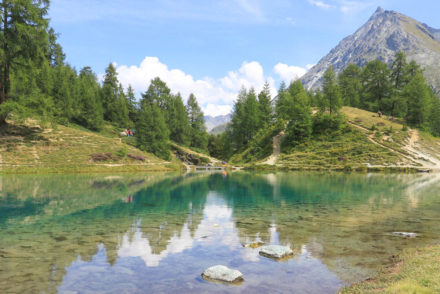
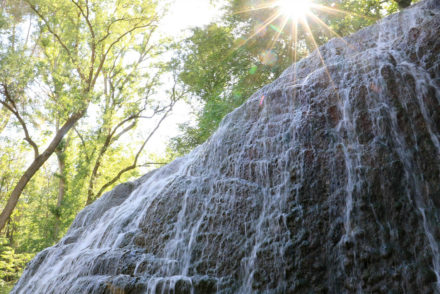
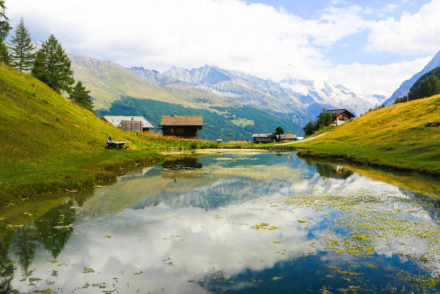
You paint such a wonderful picture Charly- I feel like I was there with you all… and the lizards!
Great cable car! We also travelled in one this summer too!! Sounds like you had a fab holiday.
What an amazing landscape! A great place to visit.
What an amazing place, I think I definitely would have had butterflies in that cable car. I’m glad the woman wasn’t hurt in the avalanche.
What beautiful photos – they really do belong in a guide book or a brochure xx
I have been looking forward to seeing this post. What spectacular views and well done POD for all that walking. I would love to visit one day – did you ever find out how the horses got up there?
Wow what a great adventure. My boys would love the cable cars, they have very little fear and it is great that you are introducing POD to this world full of adventure
Love this! I went to Picos de Europa last year but to Lagos de Covadonga and a bit of Ruta del Cares too, more in the Asturian region. I found another Portuguese couple that told us we should go next time to Fuente Dé and your pictures confirm their opinion, great post!
https://apulgarita.wordpress.com/2016/08/23/a-roadtrip-in-the-north-of-spain/